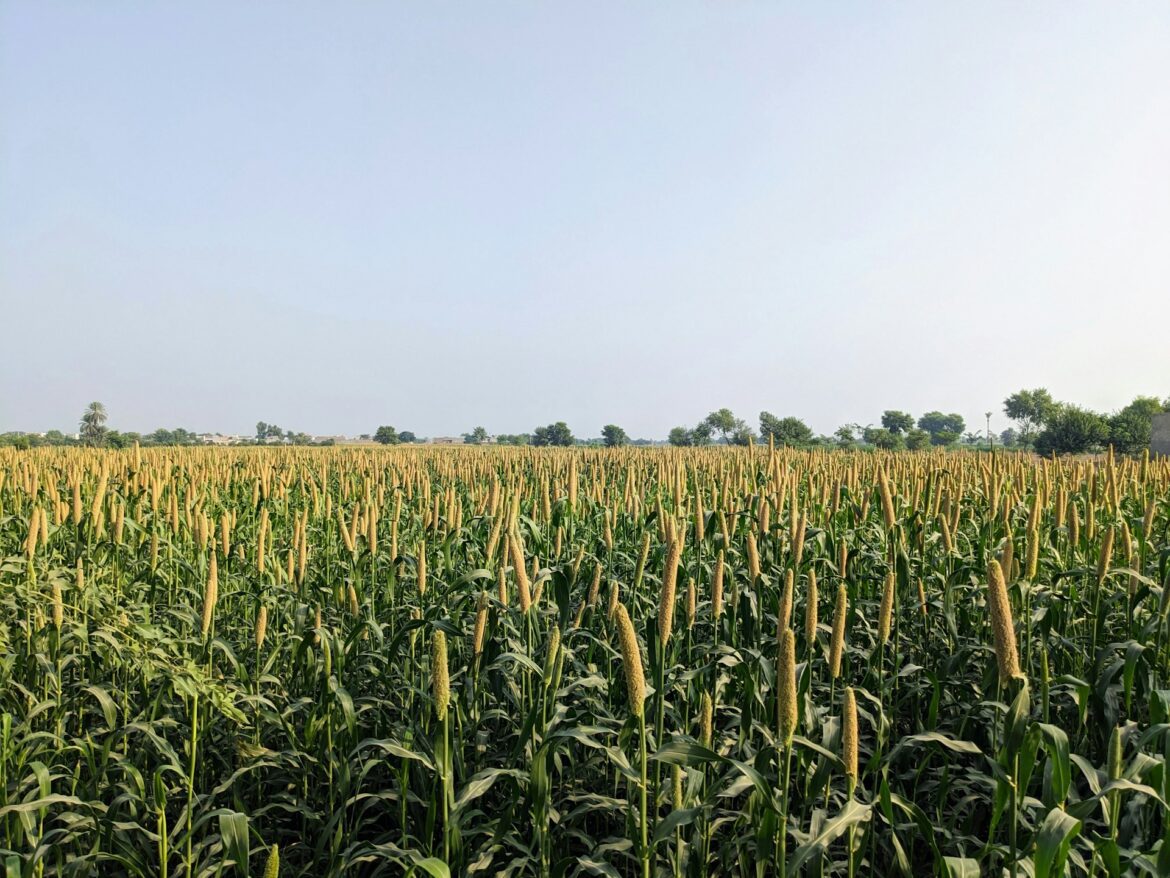The U.S. Agriculture Industry Embraces Technology in 2024
The agriculture industry in the United States is undergoing a significant transformation as it increasingly incorporates technology into its practices in 2024. This evolution is the result of several factors, including the pressing need to combat climate change, enhance operational efficiency, and meet the ever-growing global food demand. As the world grapples with the challenges of population growth and environmental pressures, American farmers are turning to innovative solutions that promise to redefine food production in the coming years.
Precision Farming on the Rise
One of the most prominent advancements in the agricultural sector is the rise of precision farming. This approach harnesses technologies such as GPS, Internet of Things (IoT) sensors, and advanced data analytics to help farmers optimize crop yields while minimizing resource usage. Companies like John Deere are at the forefront of this movement, integrating artificial intelligence (AI) into their farming equipment. This integration allows farmers to monitor soil conditions in real-time, predict weather patterns more accurately, and apply fertilizers in a manner that reduces waste and environmental impact.
In addition to established giants, a slew of startups is also making headway with AI-driven solutions to further enhance agricultural practices. For instance, Indigo Agriculture focuses on enhancing crop resilience against pests and diseases through technology that ensures effective resource allocation. As these technologies become more prevalent, they are expected to play a crucial role in increasing efficiency and productivity across the agricultural landscape.
Vertical Farming Gains Traction
Another innovative approach that is gaining traction is vertical farming, which presents a sustainable solution for food production, especially in urban environments. Pioneering companies such as Plenty and Bowery Farming are expanding their operations by utilizing advanced technologies, including LED lighting and hydroponics, to facilitate year-round crop growth indoors. Vertical farming not only caters to the local food demands of bustling cities but does so with considerable environmental benefits. These operations significantly reduce water usage compared to traditional farming and entirely eliminate the need for pesticides, making them appealing to increasingly eco-conscious consumers.
Addressing Climate Change
The agriculture sector is on the frontline of climate change, facing challenges such as erratic weather patterns, droughts, and floods, which threaten traditional farming practices. As a result, many farmers are proactively adapting to these changes by cultivating drought-resistant crop varieties and employing regenerative agriculture techniques. These methods focus on improving soil health while simultaneously capturing carbon dioxide, contributing to climate mitigation efforts.
Farmers are embracing approaches that not only sustain production but also foster ecological balance. By using cover crops, crop rotation, and other regenerative practices, agricultural stakeholders are looking to enhance long-term sustainability, ensuring that farming can endure amidst the changing climate landscape.
Policy Support and Challenges
While the adoption of technology in agriculture is imperative, it is also supported by government initiatives. The U.S. government plays a crucial role in encouraging the transition to sustainable farming practices through various grants and subsidies aimed at bolstering technological investments. However, despite this support, many smaller farms face significant hurdles; the initial high costs of implementing advanced technologies can be prohibitive. This creates a landscape where larger agricultural enterprises may thrive, while smaller and mid-sized farms struggle to keep pace.
As projections indicate that the global population could reach 9.7 billion by 2050, there is an urgent need for the agricultural sector to adapt and evolve. The integration of new technologies is essential not only for meeting food demand but also for achieving the sustainability goals that are increasingly critical in agricultural discourse.
Conclusion
The U.S. agriculture industry in 2024 stands at a pivotal crossroads, embracing technological advancements that promise to reshape food production amidst pressing global challenges. From precision farming and vertical agriculture to the proactive adaptation to climate change, there is a collective momentum toward a more efficient and sustainable future. However, for this momentum to be sustained, the sector must navigate the inherent challenges of cost and accessibility, ensuring that all farms, regardless of size, can thrive in this new agricultural landscape.
FAQs
What is precision farming, and how does it benefit farmers?
Precision farming involves using technologies such as GPS, IoT sensors, and data analytics to optimize crop production while minimizing resource wastage. It helps farmers monitor conditions in real-time, make informed decisions, and apply inputs more efficiently, ultimately leading to higher yields and reduced environmental impact.
How does vertical farming work?
Vertical farming involves growing crops indoors in stacked layers or vertically inclined surfaces. Utilizing technologies like LED lighting and hydroponics, these farms can produce food year-round with significantly lower water usage and without the need for pesticides.
What challenges is the agriculture sector facing due to climate change?
The agriculture sector is challenged by unpredictable weather patterns, droughts, and floods, which can disrupt traditional farming methods. To address these, farmers are adopting drought-resistant crops and regenerative agriculture practices to enhance soil health and adapt to changing conditions.
What support does the U.S. government provide for sustainable agriculture?
The U.S. government offers various grants and subsidies to promote sustainable agricultural practices and the adoption of technology. However, the high costs associated with implementing these technologies remain a challenge, especially for smaller farms.
Why is technology adoption critical for addressing global food demand?
As the global population is projected to grow significantly, technology adoption in agriculture is crucial for increasing efficiency, yield, and sustainability. Innovative farming practices can help meet the rising food demand while simultaneously addressing environmental concerns.

